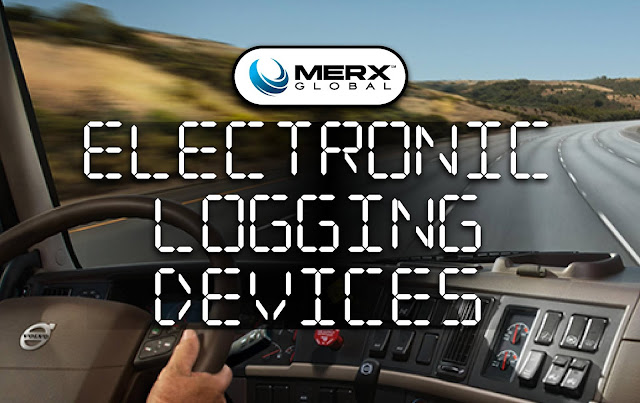Are you prepared for the shift to ELD’s?
Are you prepared for the shift to ELD’s?
After three years of preparation, the FMCSA mandated deadline for drivers to transition from AOBRD’s to ELD’s is approaching on December 16, 2019. This will mark the end of a process that began with many drivers using antiqued paper logs to record their miles and will culminate with ELD’s automatically recording everything from engine power and vehicle motion, to miles driven and driver identification.
Even if you have been proactive in preparing for this transition, it is completely understandable if you are a little bit nervous about the microscope that drivers with ELD’s active in their trucks will be under as seemingly every move they make will be tracked and recorded.
Despite many news sources highlighting drivers who have been outspoken in their displeasure for the move to ELD’s (citing the loss of privacy and the lack of log editing ability, in addition to the added costs), ELD’s are inevitable and nearly every truck on the road will be required to use them in the increasingly near term future.
With that in mind, it’s important to recognize some of the biggest differences between AOBRD’s and ELD’s in order to help ease this transition and reduce the learning curve ahead of the impending deadline.
Key Points: AOBRD’s vs ELD’s
With AOBRDs, the devices themselves could recognize the difference between on-duty miles driven and off-duty vehicle movement. Typically, driving at speeds of less than 15-to-20 mph would prevent movement from being recorded and drivers would be able to move their equipment without interrupting off-duty time and hour of service resets. This provided drivers with necessary flexibility and convenience as their on-duty time came to a close and they did things such as search for parking spots that they could rest in.
According to a recent Overdrive.com survey, this has been cited as the number one reason that the drivers and carriers they have spoken with have been delaying the transition to ELD’s.
After the December deadline, drive time will be automatically recorded by the ELD any time a tractor is moving over 5 mph. The easy assumption to make is that this change will cut into the drivers' flexibility and add more logistical pressure to both the driver and carriers. The new devices will also bring added responsibility for drivers in the form of the log editing process. With ELD’s monitoring their actions, they will be tasked with providing “final approval” for all log edits.
This means that entering data into the log correctly the first time will be the key to avoiding additional conversations with management regarding time disputes and miles driven.
Are you prepared for the upcoming transition from AOBRD-to-ELD?
Overall, the transition to ELD’s is going to require communication from all parties involved, whether they are driving, dispatching, or mandating the devices. Arguably, the most important thing that can be done is to proactively work through the transition ahead of the deadline and work through any complications now so that you can be ready come December 16th, 2019.
The big shift is right around the corner. What have you done to prepare yourself for the changes that await the industry? Let us know and let us hear your thoughts about the ELD mandate in the comments below.




Comments
Post a Comment